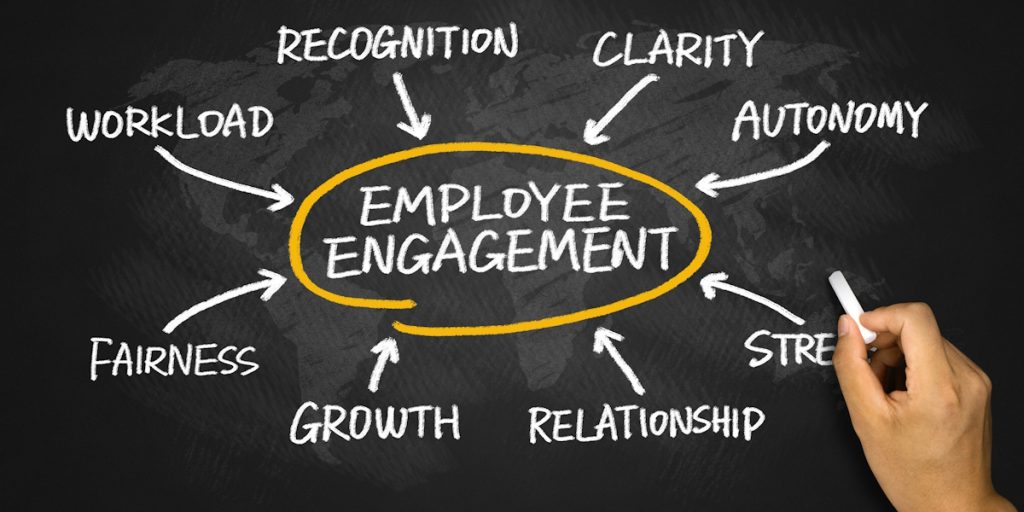It is common for companies to venture into the effort of creating a loyalty or rewards program. Building an effective loyalty r rewards program is not rocket science, but it does requiera planning, expertise and a very specific know-how. This article tries to outline the basic concepts that need t be covered.
What are these loyalty or rewards programs built for?
Let’s be clear: the end of a loyalty program is two-fold. Those who think that it is only another means of income are just as wrong as those who think that it only benefits customers without any advantage to the company.
A loyalty program fulfills (or should fulfill) both purposes, and its success depends on both sides of the relationship, customers and brands (companies, sponsors, etc.). Each earning something at each end of the program. The first receives additional benefits without spending more time or money, while the latter ensures more sales and/or higher average tickets from their customer base. With the added bonus of the arrival of new players to the arena (new customers).
Frequent errors
Cover charges, don’t work.
One of the most common problems with a poorly designed loyalty program is when the sponsor wants to cash in immediately. For example, charge a membership or joining fee. This just creates a barrier for enrollment that costs much more than the few cents it actually costs to enroll someone. Plus, these few cents, at best, will only create invoicing and processes that end up washing up any kind of economic impact. And you still have a program with limited participation. Is it really worth it?
KIS (Keep It Simple)
Another common failure is that many loyalty programs make the mechanics complicated when it comes to redeeming points or receiving benefits. Or the just make them unreachable. For example, there are programs that require the participant to take 5 or 6 steps in order to receive their benefit. And then, learn they now have to wait and see if they are “eligible” for the reward. This is not making things easy or promotes participation. Usually, this encumbered process is born from a premise that is wrong at its core. The belief that companies will save money if fewer rewards are given out. Huge mistake. Huge.
Don’t be afraid of redemption
Contrary to just about anything you will hear in the loyalty and rewards industry, you want high redemption rates. That’s not true; you want huge redemption rates. If the program is well designed, properly budgeted for, and correctly managed, huge redemption rates mean you have already made a killing on the business side of the equation. And… reward costs will always be within the budget you established at the beginning. If, of course, the program was professionally designed and is professionally managed.
Loyalty is long term
Another common mistake is to involve chance. A program that rewards loyalty must reward the preference your client has for your product or service. When a brand asks for consumption in exchange for a chance to get something without any certainty or warranty of receiving a reward, then it is not a loyalty program. That sound a lot more like a promotion. Promotional efforts serve unique purposes and do wonders for the short-term results of a product or brand. They, however should not be confused with, or poorly understood, as synonymous with loyalty.
When it comes to your personal relationships, do you expect loyalty in the long term, or are you happy with the “chance” of loyalty actually happening? See the difference?
So, what should you do?
Reach out to experts who will help you design a program that effectively rewards those who purchase from you and/or can attract more new customers. That encourages long-lasting relationships and reduces the intention of trying out your competition. Above all, come up with a plan that does not generate costs but enhances profits.
Investments are to be expected; you cannot build a business without investing. But costs—those are just a waste of money. In a well-designed program, the profits from the additional sales will more than cover the investment in implementing and running the program. However, don’t design a program that covers its investment; design a program that grows your business.
And make sure you provide real value to your participants, not headaches or complications. Stand outside your door and build a program that you want to participate in!
For this purpose, it is essential that the customers know what they can receive in exchange for what actions, with clarity and without difficulties. Also, make sure the perception of value is high, which is very important; people don’t put in efforts or change their behaviors in exchange for peanuts.
Let’s all raise the bar together; someone has to do it.
Alberto Álvarez Morphy
IncentivAction
Would you like a free consult to understand if a loyalty or incentive program is right for your business?




